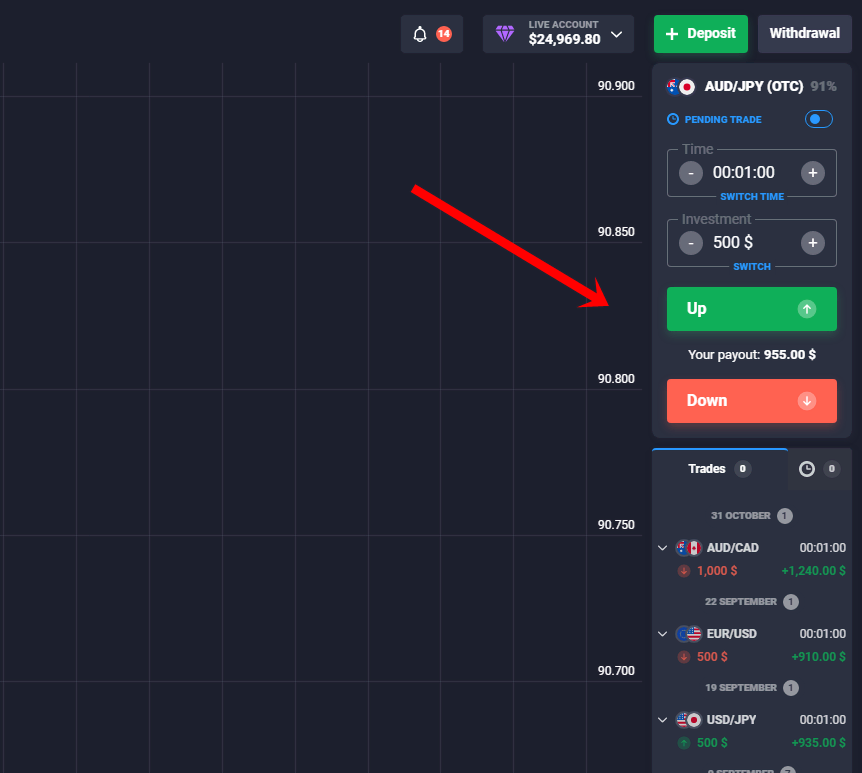Introduction:
Binary options trading has gained significant popularity in recent years, with individuals seeking to capitalize on the financial markets’ volatility and potential profit opportunities. Among the key factors contributing to successful binary options trading is the implementation of an effective trading strategy. In this scientific article, we aim to explore various binary options trading strategies and evaluate their potential for generating consistent returns.
 1. Trend Following Strategy:
1. Trend Following Strategy:
One of the widely implemented binary options trading strategies is trend following, which involves analyzing historical price data to identify and follow the prevailing market trends. Traders utilizing this strategy typically look for assets with clear upward or downward trends and place trades accordingly. By capitalizing on the momentum of a trend, traders aim to predict the continuation of the price movement, increasing their chances of successful trades.
2. Breakout Strategy:
The breakout strategy involves identifying key support and resistance levels on a price chart. When a price breaks above a resistance level or below a support level, traders perceive this as an indication of a potential price trend reversal. By entering trades when a breakout occurs, traders aim to profit from the subsequent price movement. However, it is crucial to combine this strategy with proper risk management techniques, as false breakouts can occur.
3. Reversal Strategy:
The reversal strategy involves identifying potential trend reversals by analyzing price patterns, candlestick formations, and technical indicators. When a trend shows signs of exhaustion, such as a divergence between price and a momentum indicator, traders may anticipate a reversal. By entering trades against the prevailing trend, traders aim to profit from the reversal and subsequent price movement in the opposite direction.
 4. Support and Resistance Strategy:
4. Support and Resistance Strategy:
The support and resistance strategy revolves around identifying levels where the price has historically struggled to move beyond, known as support and resistance levels. Traders aim to enter trades when the price bounces off these levels, expecting a continuation of the established trend. Technical indicators, such as moving averages or oscillators, can be utilized to confirm the strength of support or resistance levels.
Conclusion:
While binary options trading can offer lucrative opportunities, it is important to approach it with a well-defined strategy and sound risk management practices. The strategies discussed in this scientific article, including trend following, breakout, reversal, and support and resistance strategies, provide traders with various approaches to analyze and predict market movements. However, it is crucial to test and adapt these strategies to individual trading styles and preferences, considering factors such as market conditions, asset volatility, and timeframes. Additionally, continuous learning, staying updated with market news, and monitoring economic indicators are essential for successful binary options trading.
